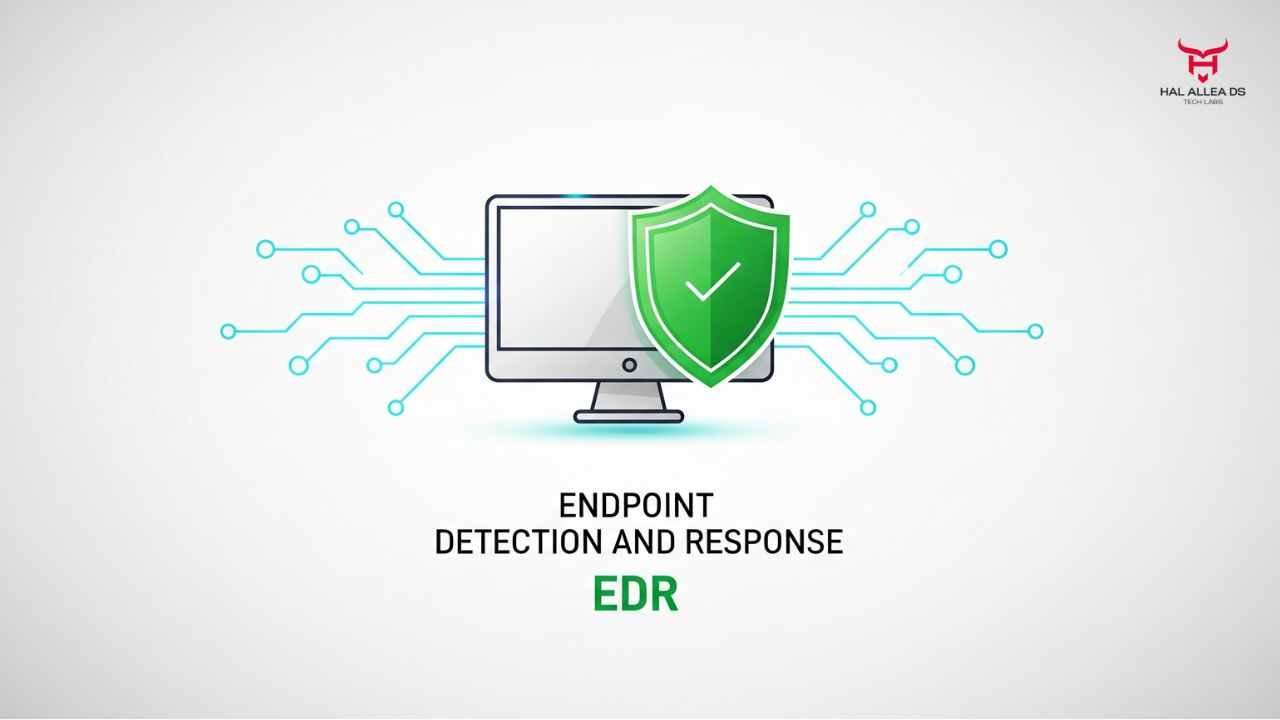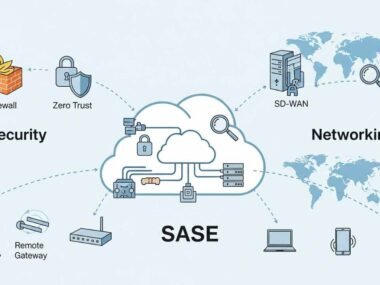In February 2024, an unsuspecting finance worker at a multinational firm wired $25 million after a video call with what appeared to be the company’s CFO. Except, the CFO never joined the meeting. The entire conference was a deepfake simulation of multiple executives, built using off-the-shelf artificial intelligence. According to police in Hong Kong, the criminals didn’t just use one AI-generated persona—they re-created an entire boardroom of fakes.
This wasn’t an isolated blunder. Deepfake-enabled fraud attempts grew over 300% in 2023, according to the Identity Theft Resource Center. Large corporates, SMEs, and even public sector organizations are now warning staff: the person you’re taking instructions from may not exist. Investors are jittery, cybersecurity budgets are ballooning, and the companies at the center of the AI revolution—Microsoft, OpenAI, and Google—are now facing fresh scrutiny over how their tools are being abused.
Here’s the thing: the same AI services powering productivity gains are also fueling a new kind of financial heist. For corporations sitting on billions in liquid assets, the risk is existential.
The Data: Just How Big Is the Problem?
The rise of deepfake scams can be traced through raw numbers, and the trajectory is troubling.
- The FBI’s Internet Crime Complaint Center (IC3) reported that business email compromise (BEC) scams caused $2.7 billion in losses in 2022. Analysts now believe that deepfake-enhanced BEC will push that number above $5 billion annually by 2026.
- According to Gartner, by 2027, 80% of enterprises will face attempts to exploit synthetic media in fraud, up from less than 5% in 2022.
- A report from Symantec revealed that 75% of security leaders believe convincing video/audio deepfakes are one of the top three threats to enterprise financial security over the next five years.
Companies are responding with bigger spend. IDC forecasts corporate cybersecurity budgets to pass $200 billion globally by 2026, with identity authentication and video verification systems seeing the sharpest growth. Still, many of these tools are powered by the very same large language models and generative systems that produce the problem.
This irony isn’t lost on investors. “It’s like selling both the lock and the skeleton key,” one equity analyst remarked.
The People: Voices from Inside the Storm
A former Microsoft security strategist told Forbes: “When we designed Azure’s AI stack, we expected phishing, we expected disinformation. But no one expected a finance clerk would get fooled by a photorealistic copy of his CFO. That changes the entire equation.”
Another insider from a Fortune 500 bank, who asked not to be named, admitted they’ve already tested deepfake detection internally. “We ran drills with generative AI. A third of our people failed. If we had pushed fake payment instructions during that test, the result would have been catastrophic.”
Think tanks are also weighing in. Nina Schick, one of the earliest analysts tracking generative AI threats, said in a recent panel, “We’re entering an information wars era. But unlike disinfo campaigns, deepfake financial heists have a direct cost. Money vanishes within minutes, often irretrievably. That immediacy makes this even scarier.”
Even regulators are unnerved. The U.S. Securities and Exchange Commission issued new guidance in July, warning CFOs that a lack of deepfake fraud policies could be considered a governance failure—a legal headache no board wants.
The Fallout: Billions on the Line

The real-world fallout of deepfake finance scams is already being tallied.
Take the Hong Kong case: $25 million gone in a single transaction. Analysts argue this sort of breach could soon rival ransomware in financial scope. Unlike ransomware, which typically involves negotiation and decryption keys, wire transfer fraud is irreversible. Once the money hits offshore accounts spread across dozens of shell companies, it’s effectively vanished.
Companies are scrambling to harden verification protocols. JPMorgan Chase, for instance, has reportedly implemented mandatory multi-channel verification for all transfers above $10 million—meaning a voice order or video instruction alone will never suffice. Extra friction has a cost: deals move more slowly, vendors get frustrated, and employees find themselves buried in authentication steps. But the alternative is worse.
For Microsoft, the fallout is reputational. Its Azure AI tools, paired with OpenAI’s GPT models, are seen as a driving force in democratizing generative tech. While this helped sales soar—up 21% year-over-year in cloud revenue—it also exposed the company to accusations of fueling a crime wave. Critics argue Microsoft has prioritized growth over safety guardrails. The company counters with assurances about “responsible AI” principles, but several executives privately admit that detection tools aren’t keeping pace.
Investors, meanwhile, are split. On one hand, AI adoption is surging; on the other, each new scandal risks triggering regulatory crackdowns that could slow revenue. One venture capitalist I spoke with put it bluntly: “The question isn’t whether deepfake crimes will force regulation. It’s how quickly and how painful it will be for the incumbents.”
The Bigger Picture: Why This Threat Is Different
What sets deepfake scams apart from other cyber threats is the erosion of trust in human senses. Email phishing exploits written text; deepfake scams weaponize sight and sound. And because humans evolved to trust facial and vocal cues, this new paradigm is far harder to resist.
Consider the cultural shift: employees are accustomed to hearing, “Trust but verify.” Now, even seeing isn’t believing. Training programs are being rewritten. Workflows are being reconstructed. There’s talk in corporate circles of “the death of the video call.”
This smells like the early days of cybersecurity in the 2000s, when spam filters and firewalls suddenly became default corporate spend. Except here, the stakes feel even higher: entire board-level decisions could be triggered by fake voices or faces.
The Countermeasures: Chasing Ghosts
So, what are companies doing about it?
- AI Detection Arms Race: Microsoft, Intel, and startups like DeepMedia are pouring money into real-time deepfake detection. The problem: detection lags behind creation. Off-the-shelf consumer apps can now generate convincing video in under five minutes.
- Old-School Verification: Some firms are going analog again. Secondary confirmation via text message, phone line, or even in-person check-ins are resurging. Ironically, the fastest-growing fix to an AI-driven problem is a decidedly low-tech patch.
- Regulatory Push: The EU’s AI Act will require labeling of synthetic media by 2026. The U.S. is considering similar legislation. Yet enforcement is tricky: criminals ignoring laws are, by definition, criminals.
- Insurance and Litigation: Cyber insurers are rewriting policies. Some refuse coverage if the company can’t prove robust deepfake-detection training. CEOs are bracing for shareholder lawsuits whenever a scam drains millions.
The Skeptical View: Are Big Tech Firms Doing Enough?
Let’s be honest: tech giants aren’t rushing to slow down innovation, because adoption means revenue. Microsoft’s quarterly filings repeatedly tout AI as the growth driver. Google trumpets Gemini’s multimodal breakthroughs. OpenAI markets ChatGPT Enterprise as a productivity revolution. Safety, while mentioned, is always couched in corporate PR language.
A former OpenAI researcher told me: “Every time we raised concerns about bad actors, the response was, ‘Yes, but look at the growth curve.’ You can’t ignore that tension.”
This isn’t to say firms are negligent, but the mismatch between reality and rhetoric is widening. In private, some security leaders admit they’re always behind the curve. Criminals need a fraction of the resources to launch an attack, while defenders need entire budgets and new divisions to respond.
It feels reminiscent of the early social media days—Facebook and Twitter claiming to be neutral platforms, while their tools reshaped politics. Now, AI companies assert they’re “just providing general-purpose tools,” even as those tools fuel billion-dollar scams.
Closing Thought
The great irony of deepfake scams is that they thrive on the same promise that AI companies sell: realism, believability, trust. For businesses, the cost of misplaced trust is no longer a vague reputational bruise—it’s millions flushed in a single fraudulent wire.
Boards are rewriting governance handbooks. Regulators are sharpening their teeth. And investors are wondering if the next PR disaster will slash billions off a company’s valuation.
Will Microsoft—or any of the AI juggernauts—be forced to slow their roll before regulators slam the brakes? Or will companies learn to live in a permanent state of synthetic uncertainty, where every video call comes with a silent question: Is this person really who they say they are?












